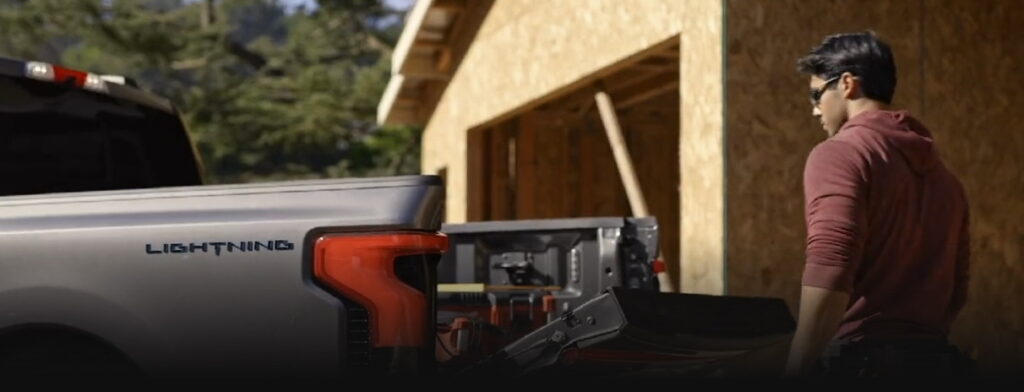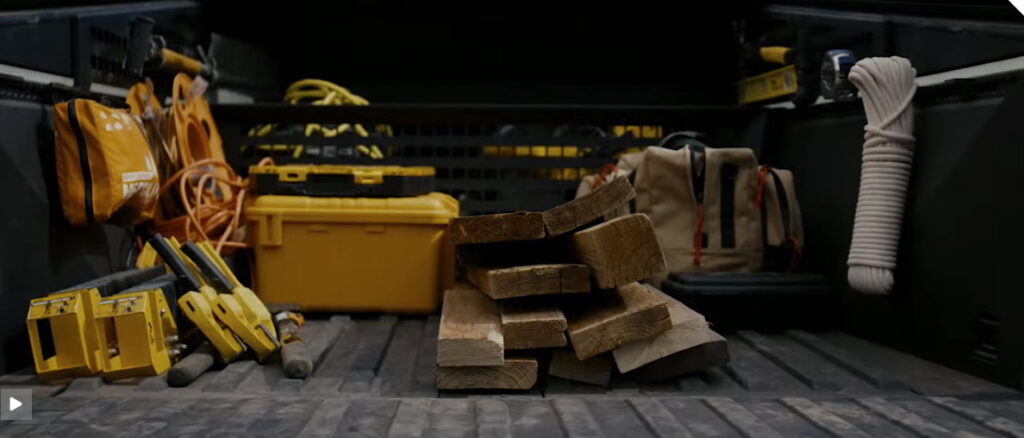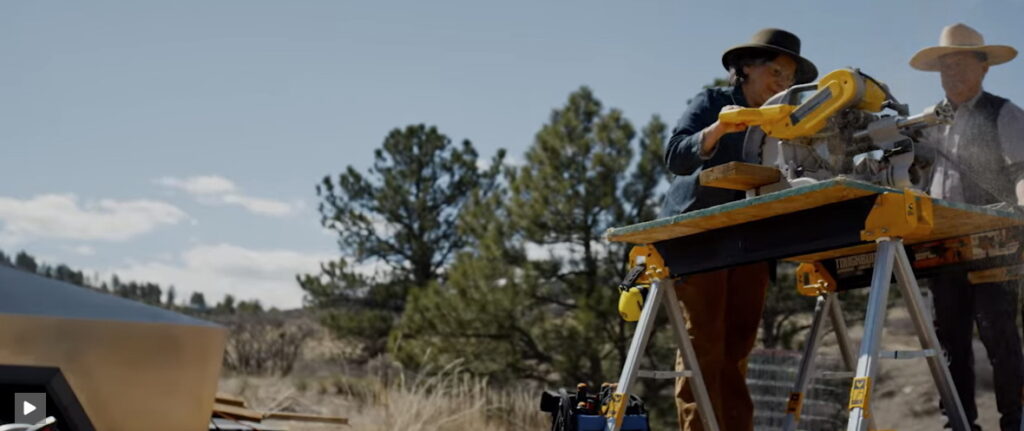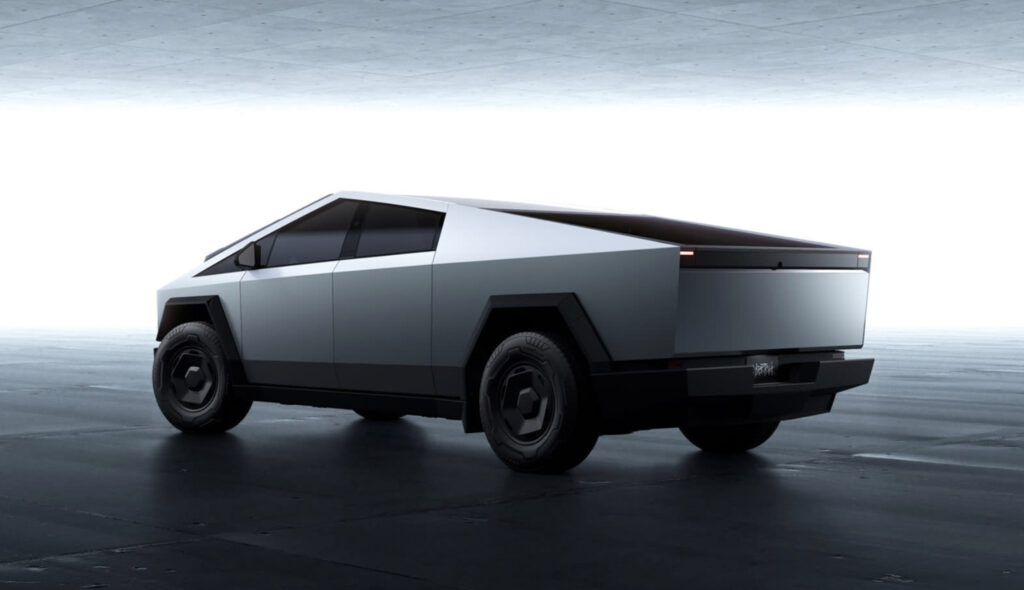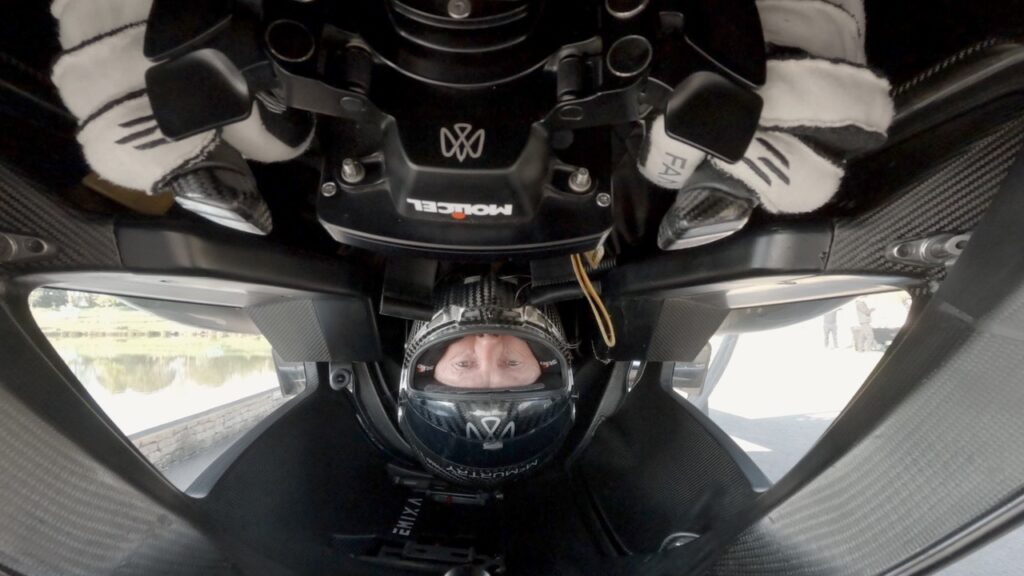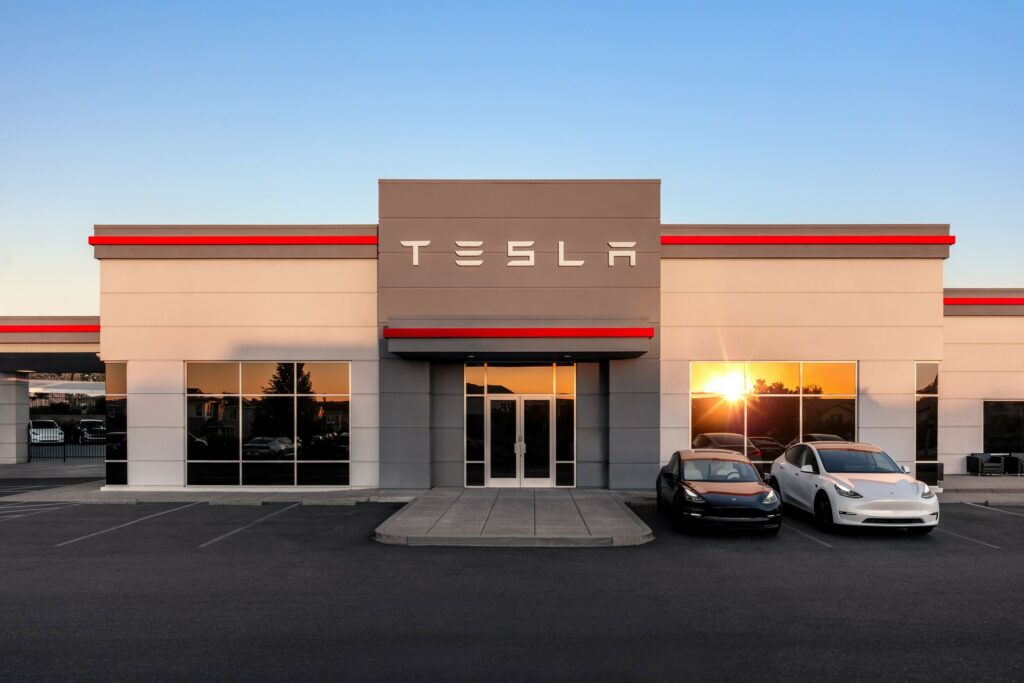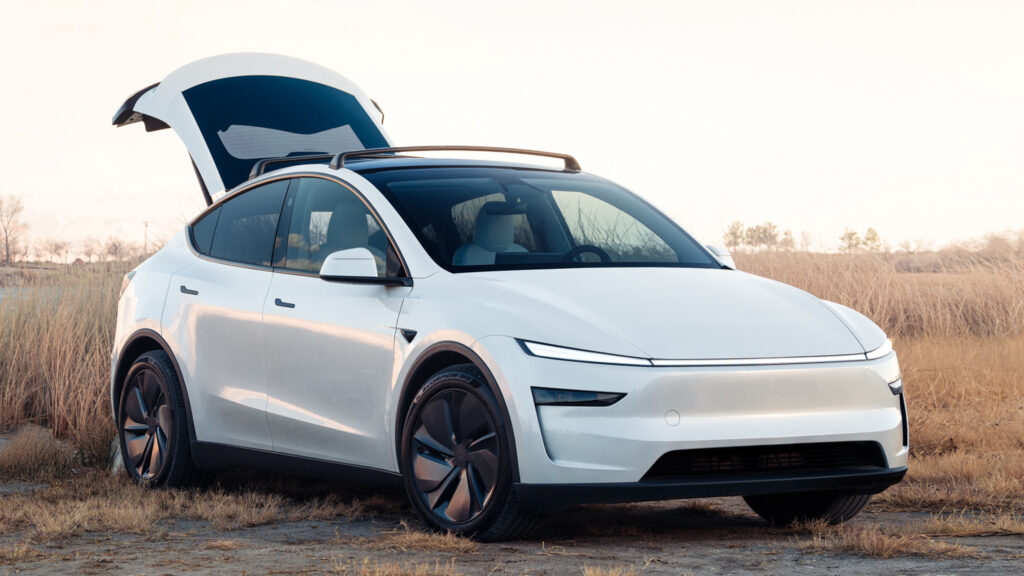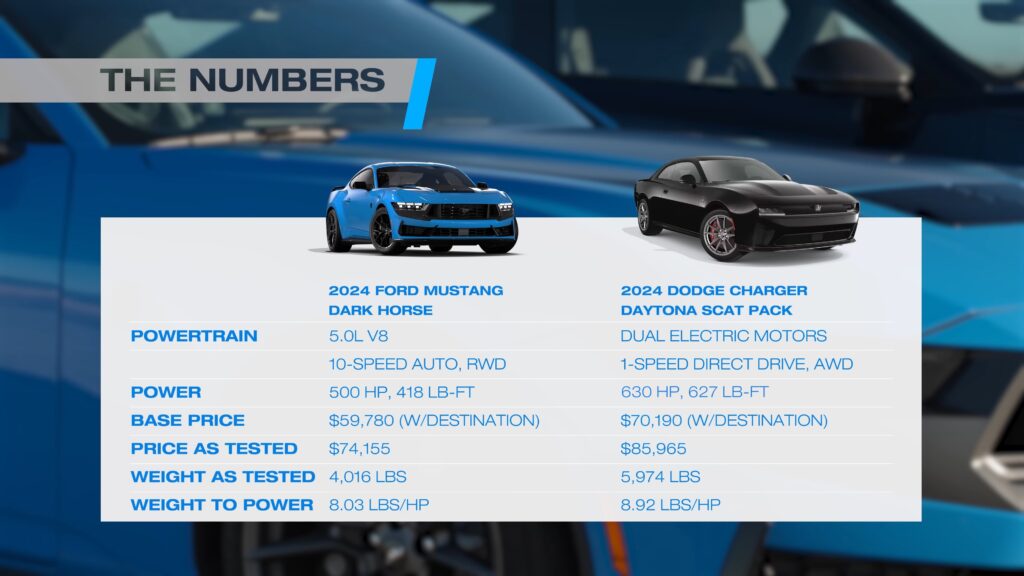Tesla’s Cybertruck Rebranding Is Starting To Look A Lot Like Ford’s F-150
- Tesla’s Cybertruck now features marketing imagery that’s strikingly similar to Ford’s material.
- Cybertruck’s new ads highlight everyday truck uses, resembling F-150’s marketing strategy.
- After disappointing sales, perhaps it’s Tesla’s way of admitting that it needs a wider audience.
Sales and marketing strategies tend to follow similar paths, especially when it comes to products that compete in the same space. Let’s face it, in today’s world, creating a brave ad that grabs attention without annoying someone is practically a lost cause. So, most companies stick to what works by playing it safe with formulas that won’t ruffle too many feathers.
But every so often, one company will mimic another so closely that it’s hard not to notice. That’s exactly what appears to be going on with Tesla , which seems to be quietly rebranding the image of its Cybertruck in a way that’s undeniably familiar.
When the Cybertruck first debuted, it was all about looking like it came from the future. Tesla marketed it as though it were built for Mars. Even the press photos of it showed it off on barren landscapes as if it had survived some apocalypse.
More: Cheapest Cybertruck Ever Offers 350 Miles But Not The $40K Price We Were Promised
Now, though, those futuristic images are no longer the star of the Cybertruck’s sales page. Instead, you’ll find the slab-sided truck in more mundane, everyday scenarios…the same kind of scenes, and even some of the same props, that Ford uses to market the F-150.
Take, for example, the hero image Tesla currently uses for the Cybertruck. It’s towing an Airstream trailer. That looks almost identical, save for the actual scenery in the background, to an image Ford uses with an F-150 towing a camper.
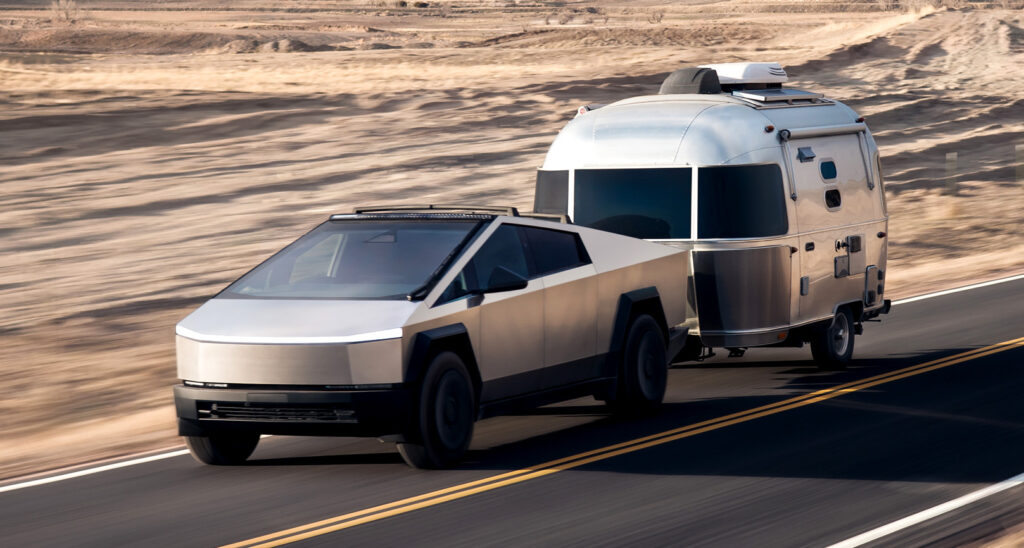
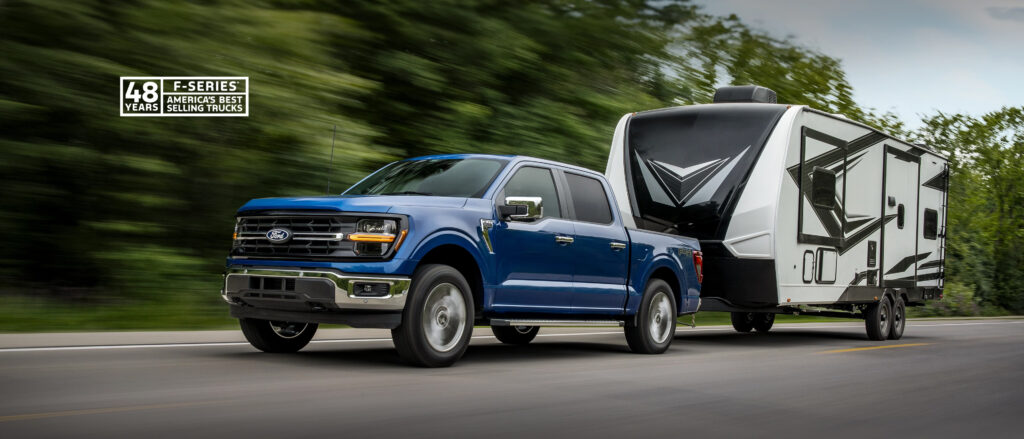
Then, there’s a photo looking down into the bed of the Cybertruck where it holds some fence fabric and other building materials. Don’t be too shocked, but Ford has an F-150 ad with the same type of fence fabric and building materials.
None of this situation, first reported by Business Insider, should be all that shocking or damning. After all, no one bats an eye when sports car companies showcase their models on race tracks, or when crossover ads feature a family cruising through the city.
The nature of automotive advertising requires some similarity across the space. Still, the images are almost too on the nose in this case not to notice. It highlights a change in the way that Tesla approaches Cybertruck sales, too.
The Real Shift
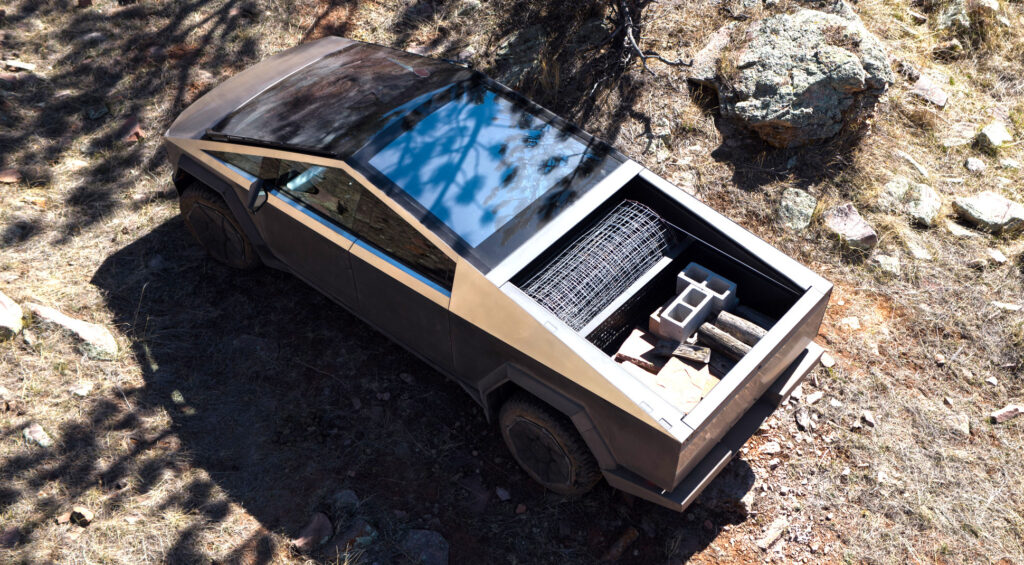

Ultimately, the reality is that to sell anywhere near the number of trucks that Ford does, the Cybertruck will need to appeal to traditional truck buyers. Right now, it’s done a solid job of appealing to Tesla lovers and to those who want something more novel than an everyday pickup. That’s why it was the best-selling EV truck in 2024.
That time could be coming to an end, though. We’ve already covered how Tesla is heavily discounting the truck to increase sales. It’s also reportedly slowing production and moving workers to the Model Y line. Only time will tell if Tesla can capture a bigger piece of the truck market than it currently has.
FORD VS TESLA MATERIAL
